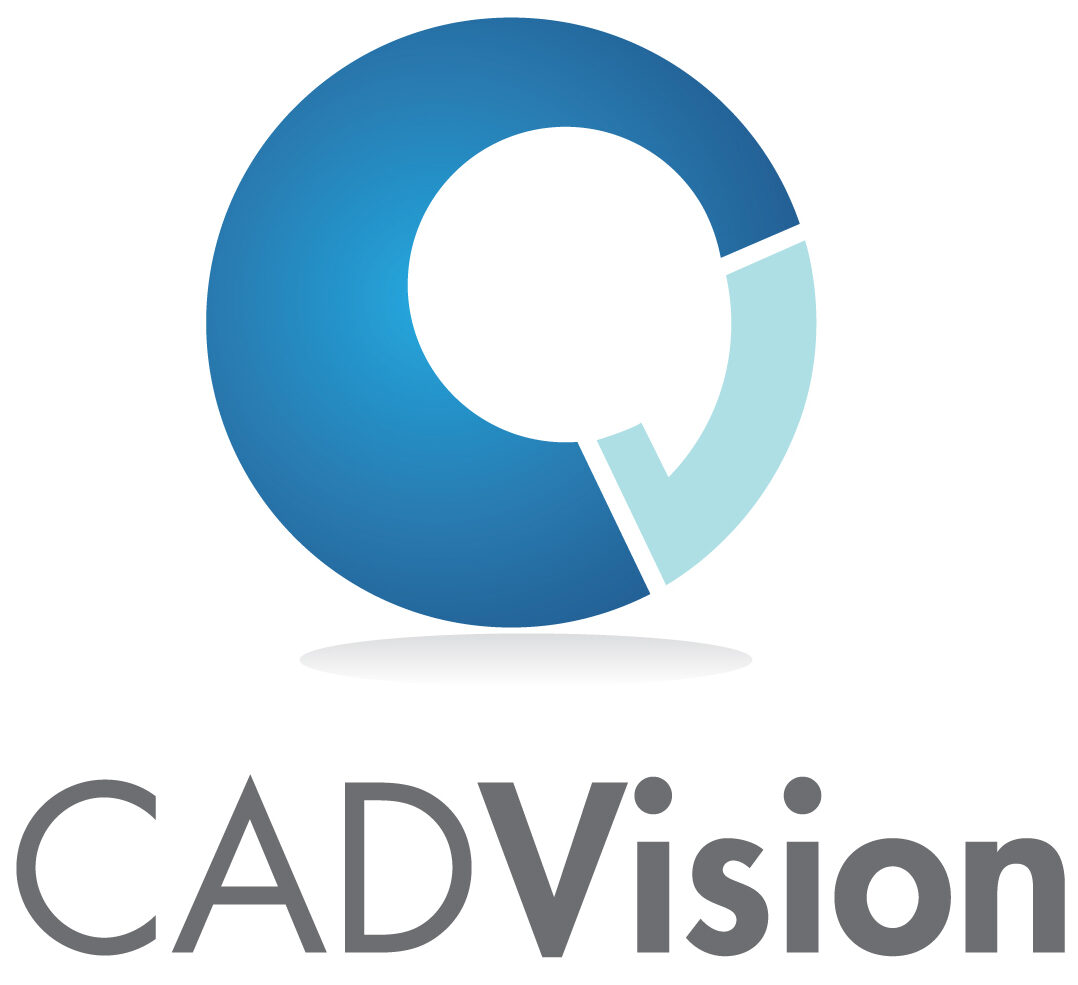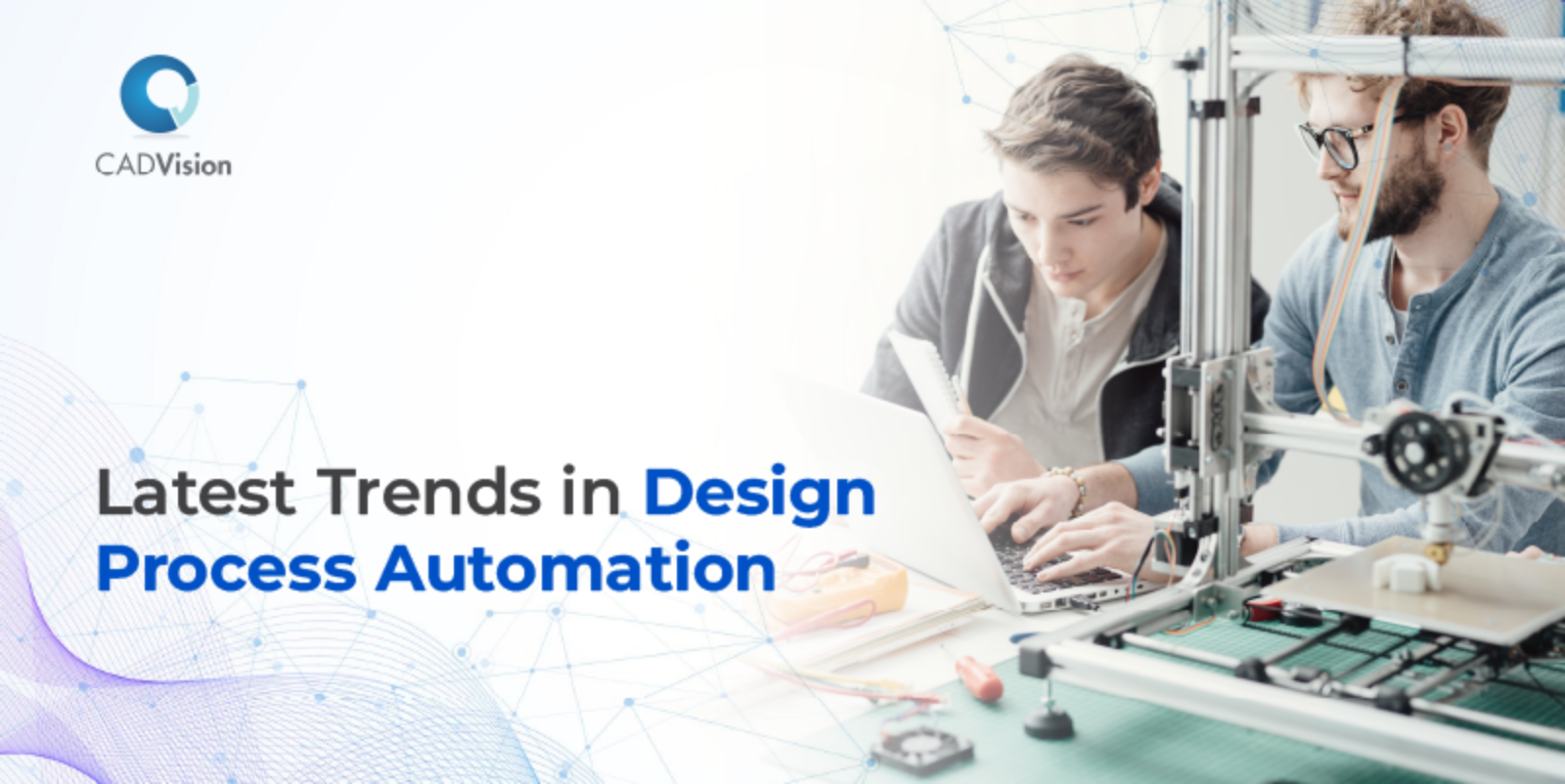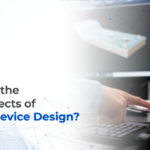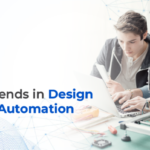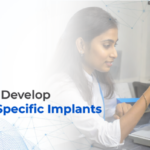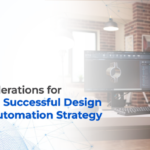Traditional design processes have undergone a sea of change thanks to rapid technological adoption. Advanced computing capabilities and improved software have made design process automation a reality, which is paramount to enhanced efficiency, speed, and accuracy of design processes.
Powered by seamless data integration and sophisticated software tools, design process automation is gradually gaining momentum across industries. It has revolutionized the way businesses, engineers, and creative professionals approach the design process. The global industrial automation services market has achieved remarkable revenue growth and will reach about USD 265 billion by 2026.

Computer-aided design (CAD) has further empowered process design and automation by generating precise models, automating repetitive tasks, and streamlining the workflow.
Let’s see how the latest trends in design process automation are reshaping the design industry while shedding light on innovative tools and techniques used today.
What is Design Process Automation?
Design process automation involves integrating technology and software in the various stages of the design workflow to streamline and optimize it while maintaining quality. It differs from traditional design processes in its use of tools. Automating tasks reduces manual intervention, boosts efficiency, and facilitates collaboration across design boards.
From ideation to execution, design process automation encompasses a range of tasks, including sketching, prototyping, and production. Automation empowers designers to quicken the design process by automating time-consuming, repetitive tasks. It complements human creativity by eliminating the mundane.
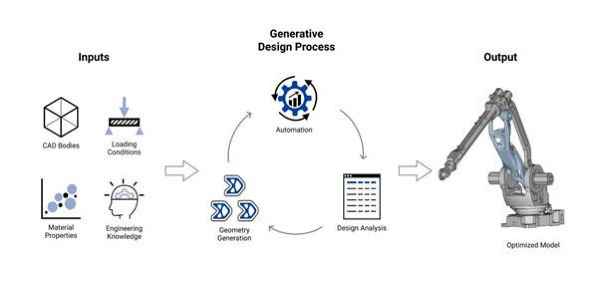
Incorporating CAD in the process assists designers in visualizing and refining concepts to produce quick and precise models that further speed up the design process. With advanced algorithms, artificial intelligence (AI), and machine learning (ML), design process automation aims to enhance productivity, reduce errors, and accelerate the overall design lifecycle.
Optimize your product design workflow with our state-of-the-art software, custom domain-specific CAD features, and best-in-class tools and utilities.
Top Trends in Design Process Automation
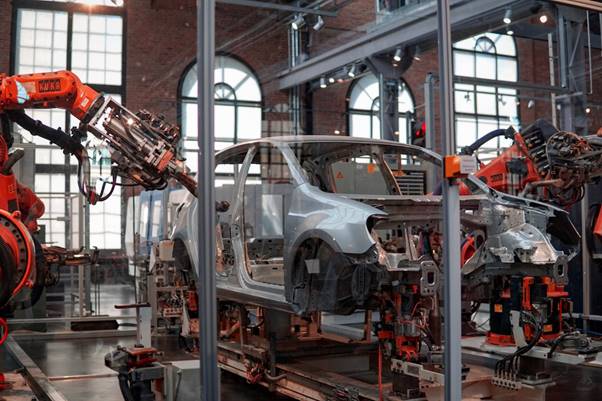
With the curtains closing on yet another year packed with technological innovations and improvised software, design process automation in manufacturing keeps upgrading to fulfill its purpose better than before. Whether it is product development, customer experience, or service delivery, the newest trends in process automation, including robotic process automation (RPA), promise to enhance the creative process to offer innovative, quality products/services in minimum time.
Here are a few trends businesses and creative engineers should look out for in the coming year:
1. Generative Design
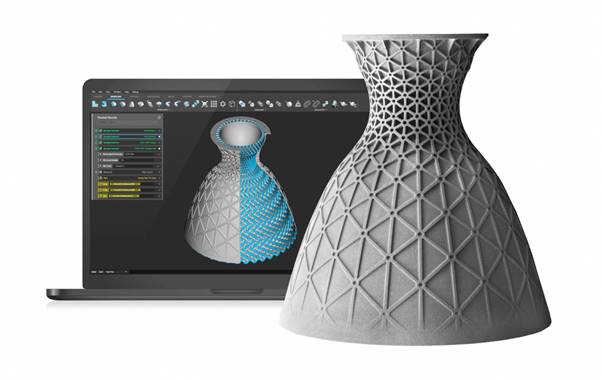
This revolutionary trend in design automation uses algorithms to explore multiple design possibilities based on predefined parameters. Using this approach, designers can use specific criteria like material, budget, and performance requirements and let the algorithm produce multiple design iterations. They can then choose the best option from the generated designs.
Generative design expedites the ideation phase. It promotes innovative and practical designs considering several factors humans might otherwise miss. Industries like product design, automotive, and architecture have adopted this approach for optimized performance and efficiency.
2. AI-Driven Design Assistance
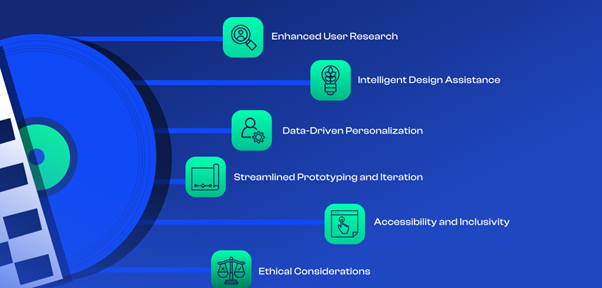
Artificial intelligence and machine learning are becoming increasingly significant in design process automation. AI-driven design assistance tools analyze historical design data, user preferences, and industry trends to provide intelligent recommendations and insights. By leveraging AI-based tools, designers can spot hidden patterns and opportunities that can lead to the timely discovery of errors, inefficiencies, and risks.
By integrating AI and ML into the design process, engineers can make informed decisions based on data-driven insights. This ultimately enhances overall work quality, improves the efficiency of the design process, and contributes to more personalized and user-centric design outcomes.
3. Cloud-Based Collaboration Platforms
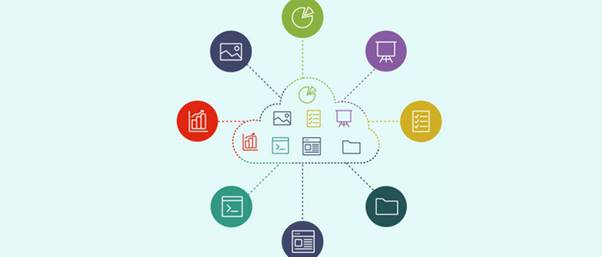
Collaboration lies at the heart of successful design projects. Automation facilitates seamless collaboration by including cloud-based platforms in the design process. Collaborative platforms with automation features enable real-time sharing, version control, and feedback integration. As a result, it reduces the tension and communication barriers associated with project management.
These platforms have various features, including automated notifications, task assignments, and file organization, to streamline the collaborative design process. With the world inclining towards remote work, cloud platforms with design process automation features contribute to a more connected and efficient design ecosystem.
4. Augmented and Virtual Reality in Design

Augmented reality (AR) and virtual reality (VR) offer an immersive experience. Designers and engineers can use AR and VR to visualize their creations in three-dimensional space, enabling them to understand the scale, proportion, and spatial relationships of their designs more comprehensibly.
VR is particularly helpful in viewing a product’s components through 3D CAD models. These technologies facilitate virtual collaboration, allowing designers from different locations to work in a shared virtual environment. By automating the integration of AR and VR into the design process, designers can gain valuable insights and feedback in real-time, enhancing the overall design quality.
5. Low-Code/ No-Code Development
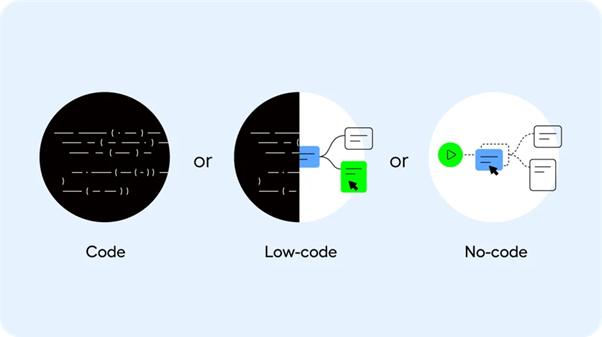
Low-code and no-code represent a paradigm shift in how applications and automated processes are created. These approaches streamline the development process by minimizing the need for manual coding, making it more accessible to experts and amateurs alike. While low-code development uses a visual interface to design and build applications, no-code development eliminates the need for manual coding.
This approach allows accelerated prototyping, offers greater adaptability and agility, enhances efficiency, and facilitates seamless collaboration. Moreover, it democratizes the entire design process by reducing the dependency on developers. Thus, non-technical designers can be more active in shaping their workflows.
Conclusion
Design process automation continues to evolve at a blistering speed, with new trends reshaping how creative professionals approach the design process. From generative design to AI-driven assistance, these trends are not only improving efficiency but also fostering innovation and collaboration in the design industry.
With advancing technology, designers can expect further integration of computer-aided design (CAD) automation tools and software that enhance their capabilities and empower them to push the boundaries of creativity. Embracing these trends is critical to staying competitive in a rapidly evolving design landscape.
CADVision offers customized digital solutions and smart product engineering services catering to the unique needs of medical device and diagnostics, construction, automotive, transportation, and heavy engineering industries. Our superior, scalable, cost-effective, eco-friendly solutions prioritize compliance without compromising quality.
Optimize your product design journey with our expert, industry-rich guidance.
Popular Posts
- What Are the 5 Key Aspects of Medical Device Design?by Admin
- Latest Trends in Design Process Automationby Admin
- Generative AI Revolutionizing Medical Device Innovationby Admin
- How to Design & Develop Custom-Specific Implantsby Admin
- Key Considerations for Planning a Successful Design Process Automation Strategyby Admin
Categories
Tags
3D printing help in the medical field Automation in CAD data migration Business CAD customization services CAD data migration benefits CAD data migration methods CAD data migration planning CAD design automation CAD Design Automation In Medical Implants CAD development services CAD for Medical Device Design CAD Software CAD software development CAD software development companies CAD software solutions Capturing required knowledge Custom CAD data migration tools Custom tools for CAD data translation Data structuring in KBE Design process automation Engineering High-quality CAD data transfer Importance of medical device design IT-Services IT-Solution KBE KBE implementation issues Knowledge-Based Engineering challenges Marketing medical 3D printing Medical Design Software Medical device design Medical device design and development medical imaging software medical software development Neutral formats for CAD data conversion Patient-specific implants Process of CAD Automation Product Development Software Software development for medical devices Streamlined data migration process Successful CAD data migration What is automation design process? What is Design Process Automation
